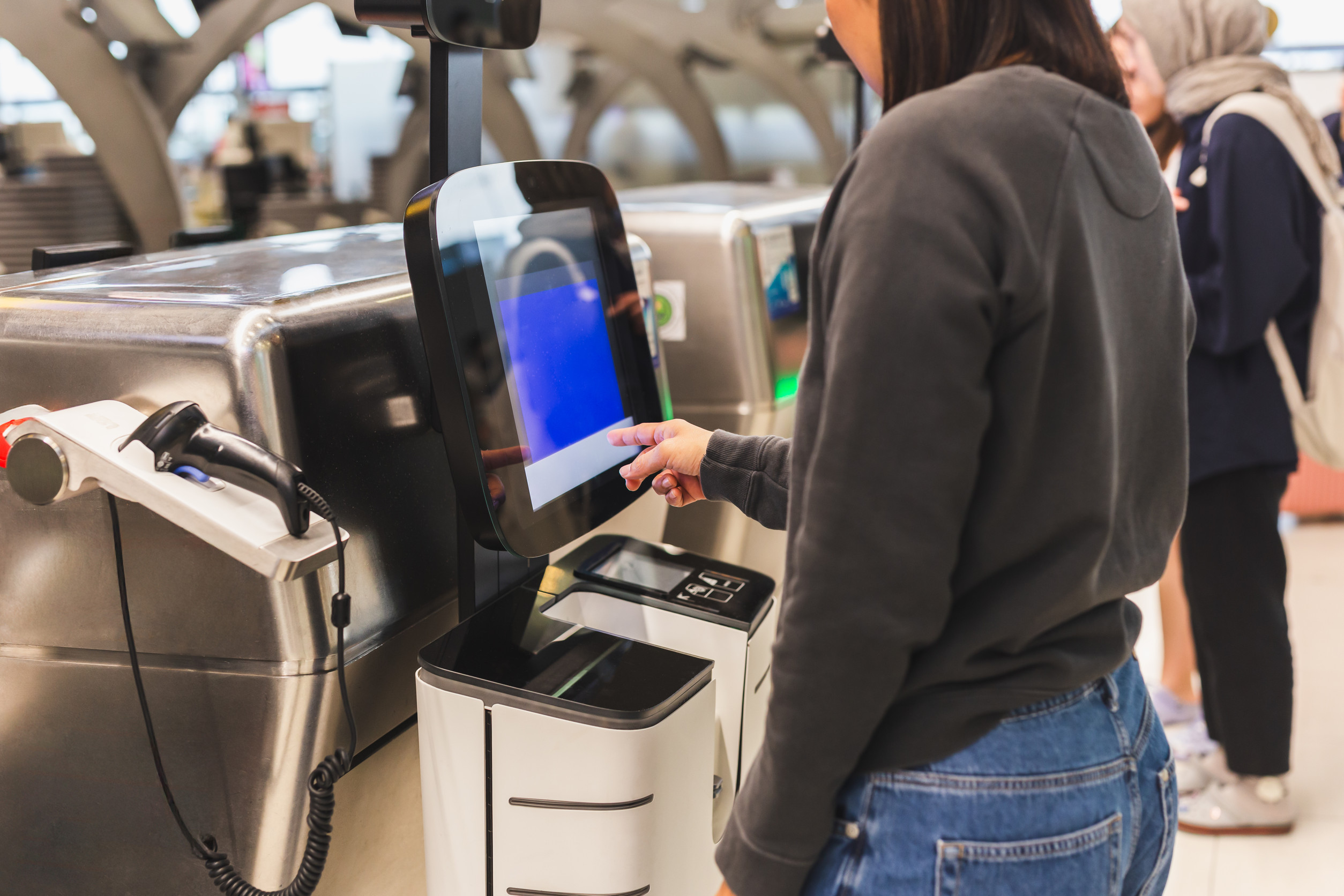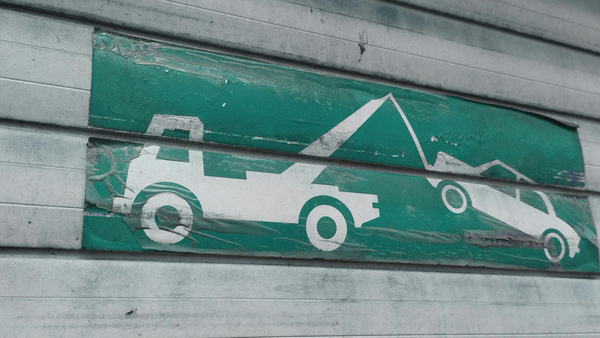
Self-checkout machines promised faster lines and more control at the grocery store, but the reality hasn’t matched the marketing. Many shoppers have noticed that self-checkout scanners often come with hidden frustrations and unexpected costs. From scanning errors to pricing mistakes, the convenience may be quietly inflating your grocery bill. And while stores save on labor by using fewer cashiers, you may end up paying the price—literally. Let’s break down how self-checkout scanners could be costing you more than you realize.
Mispriced Items Go Unnoticed
One of the biggest risks with self-checkout scanners is pricing errors that slip past distracted shoppers. When you’re juggling groceries, bags, and payment, you may not catch if an item scans higher than the shelf tag. Cashiers are trained to catch these mistakes, but self-service puts the responsibility entirely on you. Overcharges—even small ones—add up quickly across multiple trips. The convenience you think you’re gaining may actually result in higher bills over time.
Accidental Double Scans
It only takes one slip of the hand for self-checkout scanners to ring up an item twice. Unlike a cashier who would immediately catch the mistake, you might not notice until the receipt prints. Small items like produce, snacks, or drinks are especially easy to double-scan by accident. If you’re in a rush, you could leave the store having paid for more than you actually bought. That means the burden of accuracy—and the cost—falls squarely on you.
Poorly Calibrated Scales
Most self-checkout scanners include weight sensors to prevent theft and confirm purchases. But these scales are notoriously finicky. Even a slight movement in the bagging area can trigger an error, forcing you to rescan items or call for staff help. In some cases, misreads cause overcharges on weighed produce or bulk goods. What’s marketed as efficiency often leads to wasted time and inflated totals.
Fewer Discounts Applied Automatically
Traditional cashiers are quick to apply loyalty deals, coupons, or discounts that might not automatically register at self-checkout. Unless you carefully monitor the screen, those small savings slip away. Many shoppers assume the machine will catch every promotion, but that’s not always the case. Missing out on even $1–$2 per visit adds up across a month’s worth of shopping. With self-checkout scanners, the store keeps the savings while you pay more.
Encouraging “Convenience Purchases”
Self-service kiosks are often surrounded by snacks, drinks, and small items designed to tempt impulse buying. While this setup isn’t unique to self-checkout scanners, the slower pace of bagging your own groceries leaves you standing longer near those displays. That increases the likelihood of tossing in extras you didn’t plan on buying. Over time, these impulse purchases can inflate your grocery bill more than you’d expect. The convenience is profitable for the store.
Less Accountability for Mistakes
When a cashier makes a mistake, you can catch it in the moment and ask for a correction. But with self-checkout scanners, most errors don’t get noticed until after you’ve paid and left the store. At that point, the hassle of going back for a refund often outweighs the lost money. Stores rely on the fact that many customers won’t bother challenging small errors. That makes the system quietly profitable at the customer’s expense.0
Shifting Labor Costs to Shoppers
While not a direct overcharge, self-checkout scanners shift the workload of scanning, bagging, and handling errors onto customers. You’re essentially doing the job of a cashier without the paycheck. Meanwhile, stores save thousands by reducing staff, even as prices climb. The irony is that shoppers do more work but rarely see lower prices as a result. Instead, you leave with higher bills and more frustration.
Increased Risk of Security Holds
Some self-checkout systems flag “suspicious” transactions, like multiple gift card purchases or large amounts of cash. These can trigger security holds, requiring staff to intervene. While not always intentional, errors in the system sometimes freeze payments or misapply charges. This can lead to delayed refunds or duplicate payments on your bank account. What feels like a simple transaction can end up being more costly and complicated.
The Hidden Cost of Convenience
While self-checkout scanners appear to offer speed and independence, the reality is often higher bills and more headaches. Pricing errors, double scans, and missed discounts may seem small individually but quickly pile up. Add in the labor you’re doing for free, and the system benefits stores far more than shoppers. The real question isn’t whether self-checkout is convenient—it’s whether that convenience is worth the hidden costs. Staying vigilant at the screen may save you money, but it comes at the expense of the carefree shopping experience many people prefer.
Have you ever noticed an overcharge or mistake at self-checkout? Share your experiences and tips in the comments below!
You May Also Like…
- 8 Discounts That Only Show Up If You Ask at Checkout
- Why Are Some Self-Checkout Lanes Ringing Up Higher Prices Than Advertised?
- 10 Hidden Fees That Get Added at Checkout Without Warning
- Do Digital Coupons Disappear at Checkout on Purpose?
- 10 Coupon Tricks That Actually Work at Self-Checkout (But Shouldn’t)
The post Are Self-Checkout Scanners Inflating Your Grocery Bill? appeared first on Grocery Coupon Guide.







